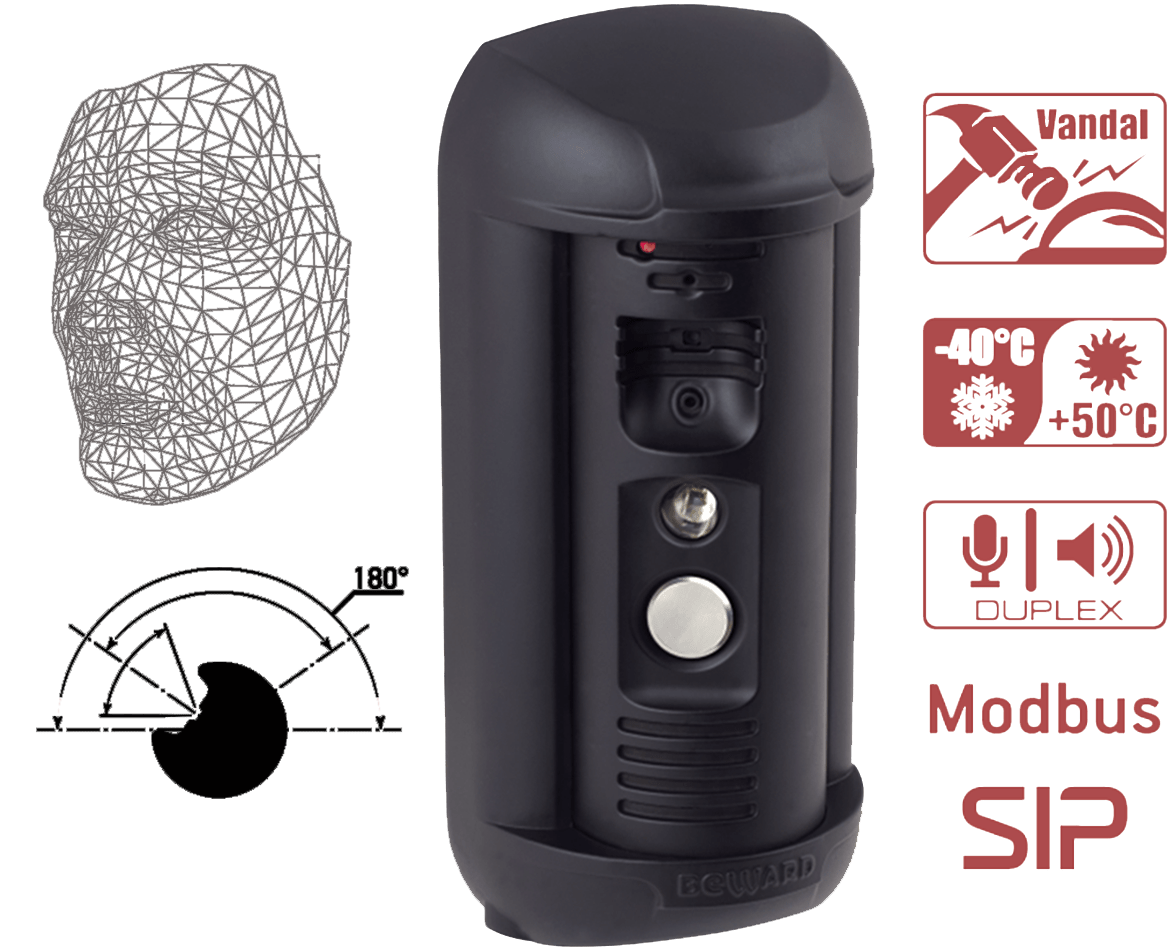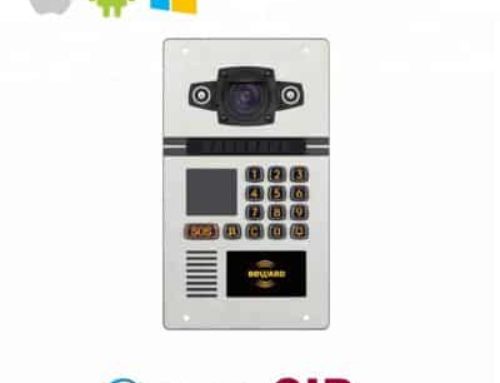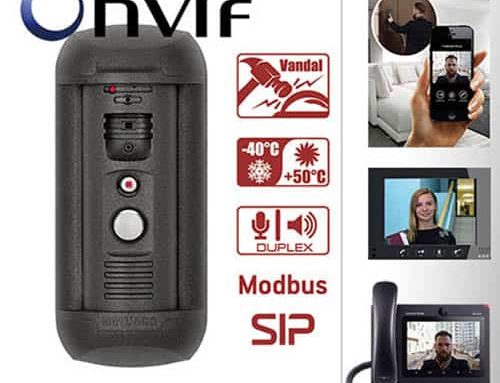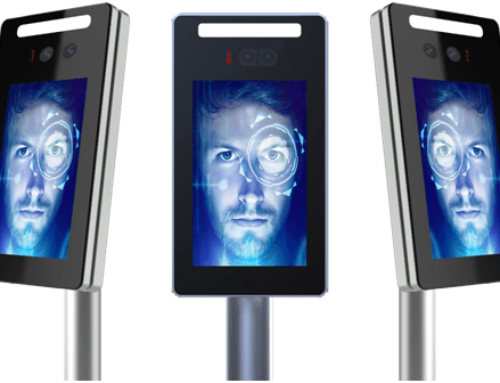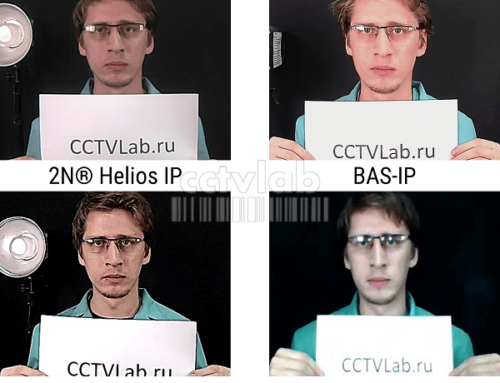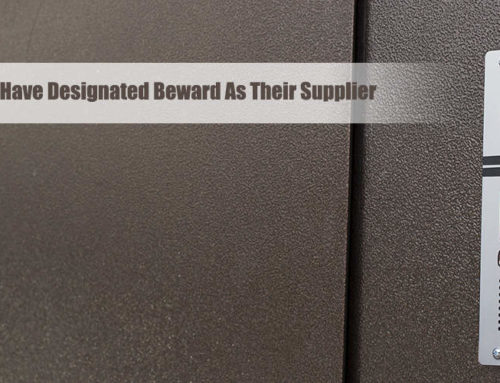For any outdoor CCTV camera, quite serious tests begin when it has to work in low temperature conditions. In this case, the declared temperature range of the camera can be interpreted in different ways. Most often, unfortunately, the values of the boundaries of the range are very conditional, and it is not entirely clear how to apply them in real life.
One of the most important parameters – the temperature of the protective glass in front of the camera lens – is unknown to us. It is the temperature of the glass that determines how clean it will remain in the presence of precipitation at low temperatures, how quickly the precipitation will evaporate, and the camera will provide the stated image parameters.
To find out how outdoor cameras behave at low temperatures, what characteristics they provide, the CCTVLab laboratory conducted temperature testing of devices in the bullet package.
In testing, we considered the type of cameras that are in a high-risk zone when working in severe frost: cameras with automatic lens drive, since for models with motorized lenses, due to strong cooling, the operation of the mechanical elements of the optical system may be disrupted. This leads to disruptions in the operation of the zoom or reduction of its characteristics. Also, these cameras due to the glaciation of the protective glass and snow sticking to it may deteriorate the view and reduce the effectiveness of IR illumination.
What cameras were in testing
The test involved models that meet the following criteria:
• Intercom body;
• camera lens;
• PoE / High PoE / Ultra PoE power support.
What parameters were tested
For bullet cameras, the following parameters were evaluated:
• temperature on the protective glass in front of the lens;
• energy consumption at low temperatures;
• IR uniformity built-in illumination.
Technical characteristics of IP-camera DS06M
The model BEWARD implemented a two-stage heating system. This allows you to allocate the maximum amount of heat and avoid local overheating of the electronic components of the camera. When the ambient temperature drops, the first stage turns on. With a further decrease in temperature, the second stage is turned on and forcibly IR lights, which also provide additional heat. In the case there is a fan for heat distribution inside the chamber. Thus, the heating of the electronics, lens and protective glass is carried out.
In the camera DS06M , the variofocal IR illumination is implemented, its angle is selected in the interface settings. Sealed cable connection occurs inside the camera, which allows you to do without the installation box. DS06M is equipped with a Sony Exmor matrix, uses the H.264 High profile codec with the possibility of dual-stream coding. Provides power High PoE.
Test results of the IP camera BEWARD DS06M
In the test, the camera showed the greatest difference between the temperature of the glass and the environment, with a large margin from competitors: under the most severe conditions, the temperature was 24 ° C higher.
Also, DS06M was the only one in the test for which the possibility of working at -60 ° C was declared. At the minimum temperature, the speed of its motorized lens did not change.
The backlight DS06M was among the best in uniformity.
Heating of the camera and the quality of observation in the cold
The test results showed that the most thorough option, which is designed for using the camera in the most severe conditions and which is able to ensure guaranteed operation at low temperatures in actual conditions, is the presence of a separate heater. In the BEWARD DS06M chamber, intensive heating of the most important elements is used, which increases the safety margin of the chamber at low temperatures. Powerful heating and forced inclusion of IR lights on a very strong frost during the test allowed the camera to operate even at -60 ° C with 12 V DC and High PoE power supply.
High-quality heating provides a number of advantages:
• stable work in hard frost;
• less chance of icing protective glass;
• lower chance of snow sticking to the protective glass;
• the review is always the maximum – ice and snow do not interfere;
• The angle and power of the IR illumination is always the maximum possible for a particular camera.
The overall result
Testing clearly showed that, despite the similar inventive temperature range of the camera from different manufacturers have a fundamentally different heating efficiency, and some models have no heating at all. In addition, different approaches have been applied in the heated chambers, which determine the most effective sphere of operation of a particular model.
Nevertheless, conducting a standard test in a climate chamber, it can be said that the cameras in the claimed range work.
The article was prepared on the basis of the CCTVLab test lab . The full version of the article on temperature testing of bullet-cameras with PoE power can be found by following the link.


